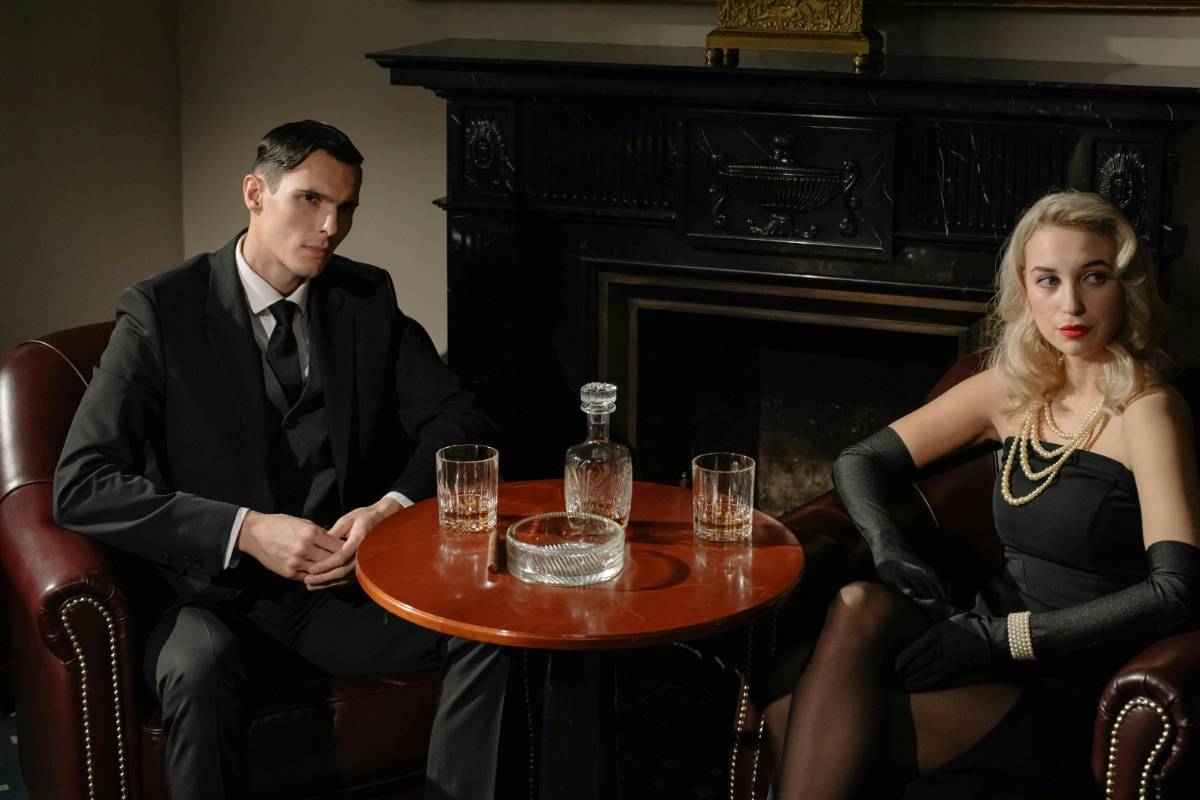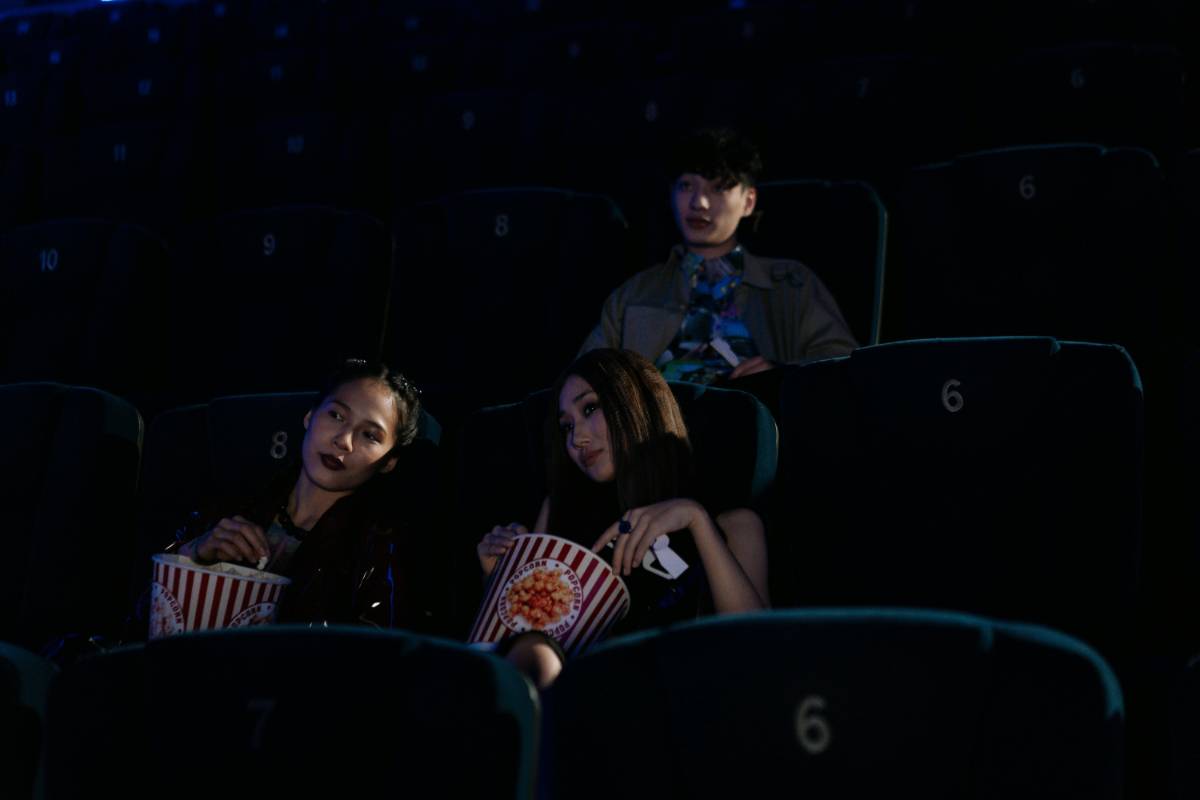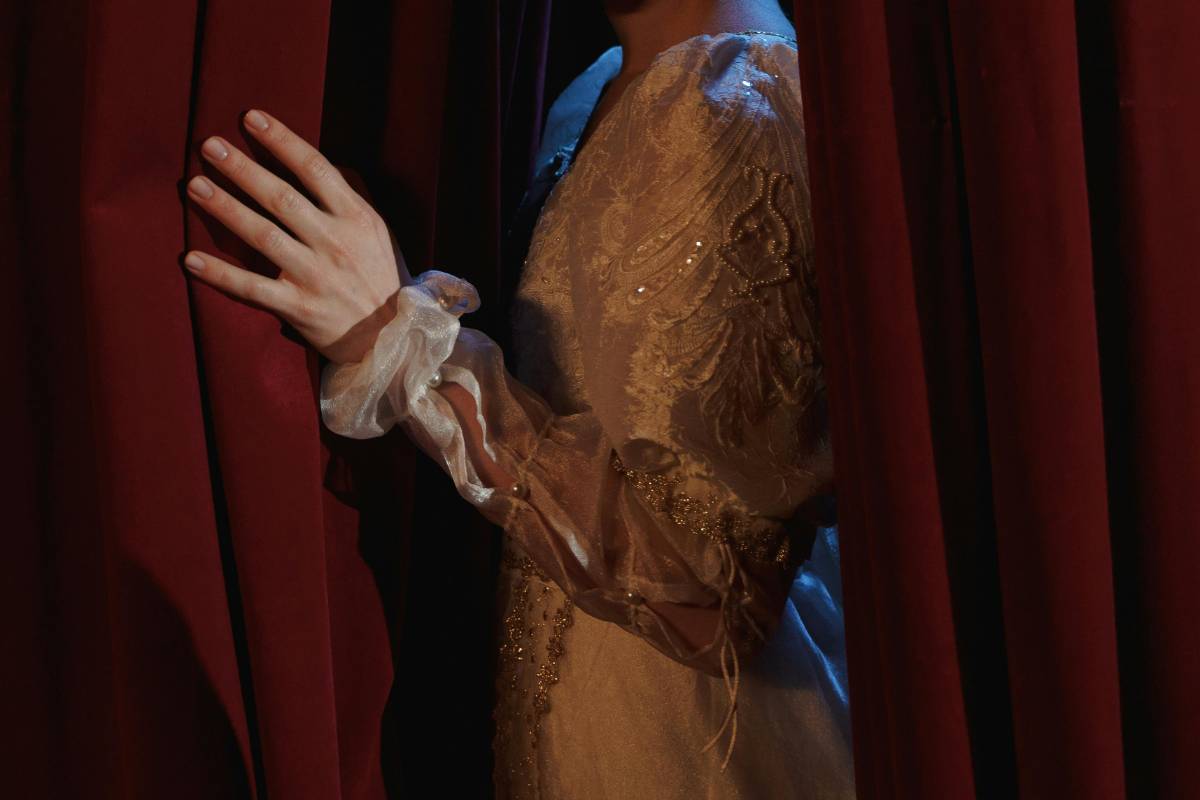A Look at the Evolving Role of Women in Hollywood Movies
09 Sep 2025
Read Time: 7 min read

The role of women in Hollywood movies has undergone significant transformation over the decades. From being relegated to the roles of love interests and damsels in distress to taking on powerful and complex characters, the representation of women on screen has evolved in a way that reflects larger societal shifts. As women’s voices and contributions in the entertainment industry grow louder, Hollywood has begun to recognize and showcase the multifaceted nature of female characters in films.
 The Early Years: Women as Secondary Characters
The Early Years: Women as Secondary CharactersIn the early days of Hollywood, female characters were often secondary to their male counterparts, primarily serving as love interests, mothers, or supporting figures. These roles were usually defined by traditional gender norms, with women portrayed as nurturing, self-sacrificing, and often helpless in the face of male-driven action. Iconic actresses like Marilyn Monroe and Audrey Hepburn became famous for playing these roles, which, while beloved, often did not offer much complexity or agency to their characters.
During this time, the few women who had leading roles in films were typically placed in passive, romantic contexts. Women’s stories were seen as secondary to men’s, and their presence in Hollywood films was largely shaped by the values and expectations of a male-dominated industry.
The 1970s and 1980s: Women as Heroes and RebelsIn the 1970s and 1980s, as the feminist movement gained momentum, Hollywood began to produce films that featured women in more active, independent roles. Movies like *Alien* (1979), starring Sigourney Weaver as the iconic Ellen Ripley, and *The Terminator* (1984), which introduced Linda Hamilton as Sarah Connor, marked a significant shift in how women were portrayed in action films. These characters were strong, resourceful, and capable of standing toe-to-toe with their male counterparts, challenging the traditional passive female archetype.
This era also saw women take on more diverse roles beyond just romantic leads or victims, from the rebellious anti-heroes in films like *Fatal Attraction* (1987) to the empowering portrayals of women in films like *9 to 5* (1980). The 1970s and 1980s ushered in a new era of female characters who weren’t afraid to take charge of their own destinies.

By the 1990s, Hollywood’s attitude towards women in movies continued to evolve, with more and more films featuring strong female leads at the center of action, drama, and comedy. Characters like Sarah Jessica Parker’s Carrie Bradshaw in *Sex and the City* (1998), Julia Roberts’ Vivian Ward in *Pretty Woman* (1990), and Demi Moore’s Lieutenant Jordan O'Neil in *A Few Good Men* (1992) showcased women who had both agency and complexity, navigating personal challenges, relationships, and careers.
The 1990s also saw the rise of the “girl power” movement, with films like *Clueless* (1995) and *The Craft* (1996) celebrating female friendships, independence, and empowerment. These movies not only featured women as the protagonists but also embraced themes of self-discovery and resilience, paving the way for a more inclusive portrayal of women in Hollywood.
💡 Discover More from Hollywood
In the 2000s and beyond, the role of women in Hollywood movies has increasingly focused on intersectionality, reflecting the diversity of women’s experiences. From films like *The Hunger Games* (2012) with Jennifer Lawrence as the fierce Katniss Everdeen to *Wonder Woman* (2017) with Gal Gadot’s portrayal of the iconic superhero, the representation of women on screen has expanded to include women of different races, backgrounds, and experiences.
The recent surge in female-driven superhero movies, including *Captain Marvel* (2019) and *Birds of Prey* (2020), marks a notable departure from Hollywood’s traditional reliance on male superheroes. Additionally, the rise of female directors and screenwriters has helped shift the narrative and give women more agency both behind and in front of the camera.
These contemporary films are not only focused on physical strength but also explore the emotional, psychological, and social complexities of women’s lives. Characters like Viola Davis in *Fences* (2016) and Frances McDormand in *Nomadland* (2020) show women who are multifaceted, strong, and flawed, reflecting a more realistic and nuanced understanding of the female experience.
The Future of Women in Hollywood: What's Next?While there is still progress to be made, particularly in achieving gender parity in leadership roles and reducing the gender pay gap, Hollywood continues to make strides in its portrayal of women. The rise of female-led films and the increasing presence of women behind the camera are reshaping the industry, offering more diverse, complex, and authentic representations of women in cinema.
As the conversation around gender and diversity in Hollywood continues to evolve, it is likely that we will see even more groundbreaking roles for women in the future. Female characters who are not only heroic and strong but also deeply flawed, vulnerable, and multifaceted will continue to dominate the screen. The next generation of women filmmakers and actors will undoubtedly push the boundaries even further, creating more opportunities for women to take the lead in Hollywood’s stories, shaping the future of the industry and redefining what it means to be a woman in cinema.
Stay Informed
Get the latest and most accurate news delivered straight to your inbox. Subscribe now and never miss an update.

Rahul Sharma
An insightful voice in the industry, crafting content that informs, inspires, and connects with readers.
View all articles →Continue Reading

Travel
How to Make the Most of Business Class Benefits on Your Next Corporate Flight
By David Thompson
02 Oct 2025

Travel
How to Make the Most of Your Corporate Travel Perks – Expert Tips Inside!
By James Carter
31 Aug 2025

Travel
Exploring Indigenous Cultures: Destinations and Responsible Tourism Tips
By Rahul Sharma
20 Sep 2025

Travel
Why Your Corporate Travel Policy May Be Costing You More Than You Think
By David Thompson
18 Sep 2025

Travel
How to Make the Most of Your Airline Miles – Tips from Travel Experts
By Olivia Mitchell
23 Sep 2025












